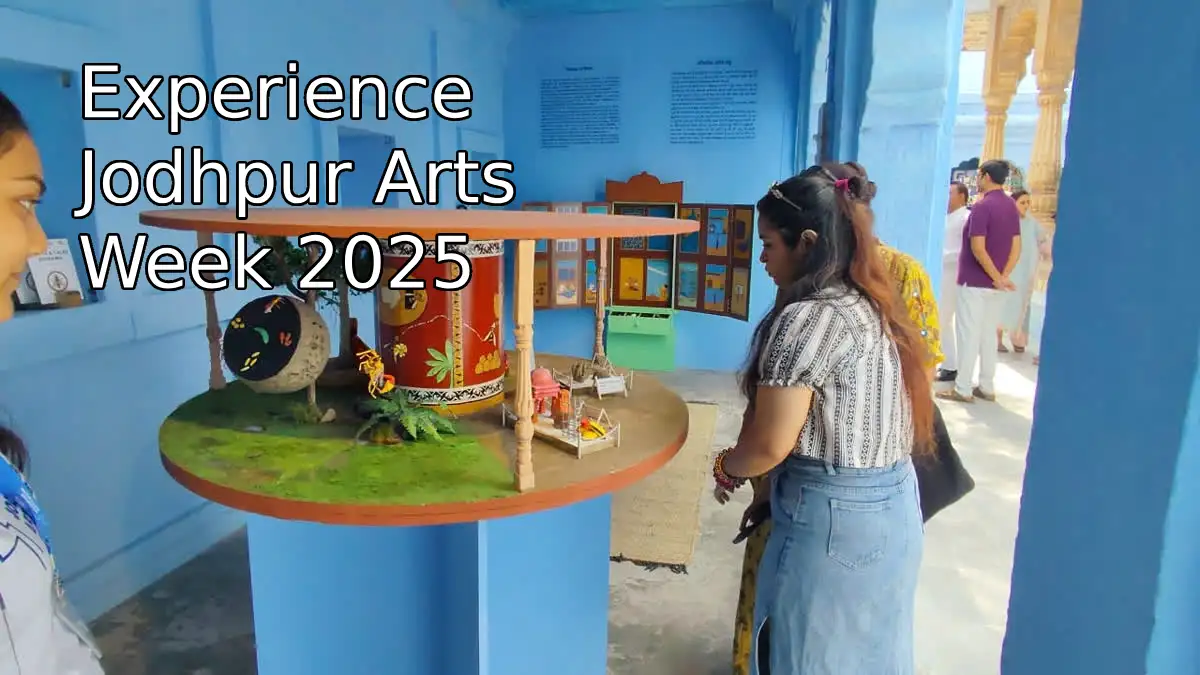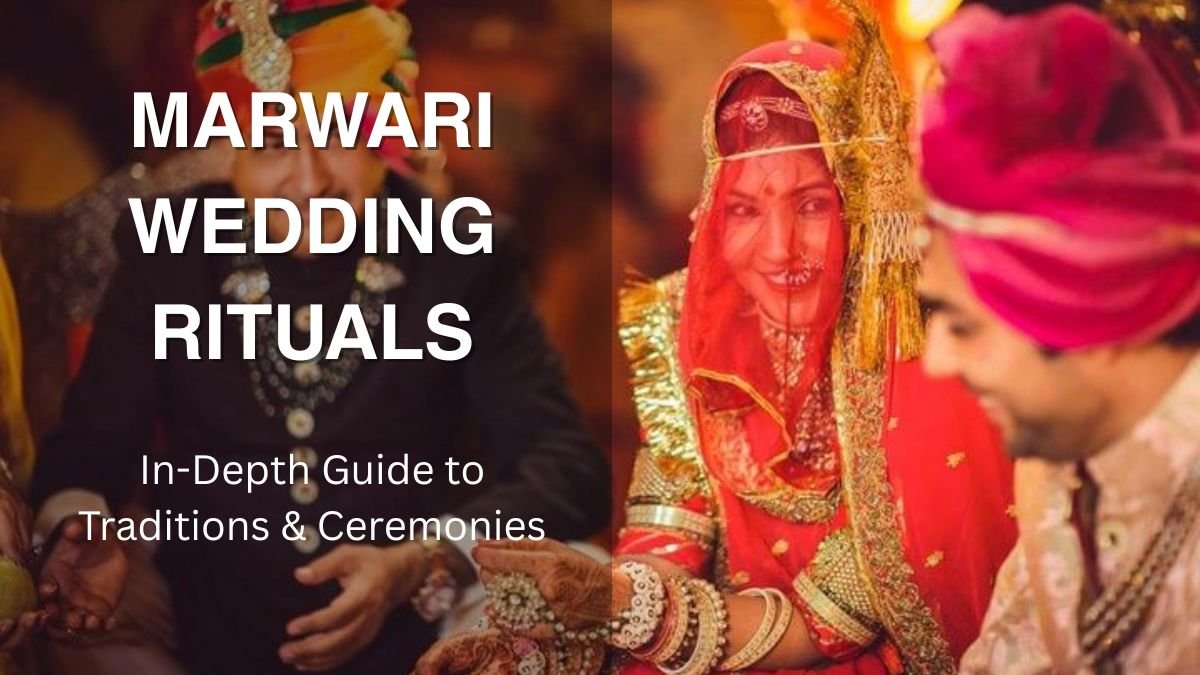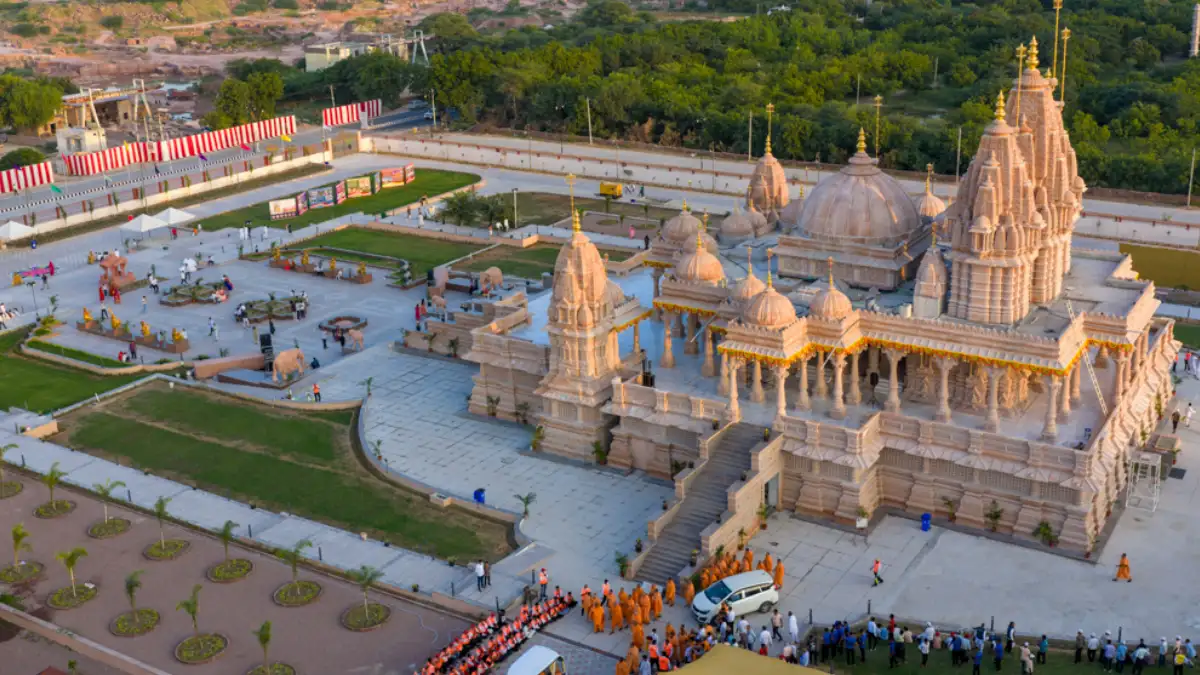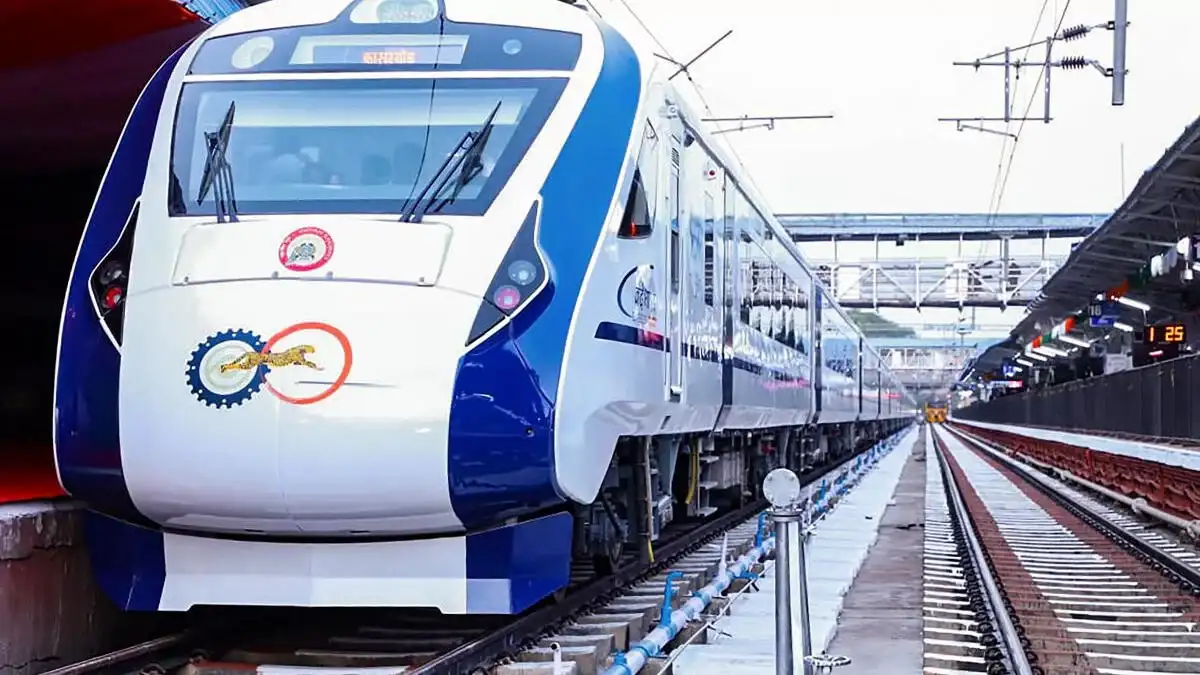The inaugural Jodhpur Arts Week has launched as a groundbreaking cultural festival that successfully transformed Rajasthan’s historic Blue City into a vibrant contemporary art destination. Running from October 1-7, 2025, this first edition under the theme “Hath Ro Hunar” (Skill of the Hand) has garnered significant attention from international art patrons and media coverage.
Festival Overview and Success Metrics
The event, organized by the Public Arts Trust of India (PATI) under founder Sana Rezwan, represents a major milestone in India’s cultural landscape. Building on last year’s successful Special Projects Edition that drew 45,000 visitors to Jodhpur, this inaugural full edition has positioned itself as a significant player in the global art week circuit.
The festival has attracted international art patrons, collectors and curators from Europe, West Asia and East Asia, with notable attendees including uber-curator and collector Amin Jaffer and LUX Editor-in-Chief Darius Sanai. This international recognition demonstrates the festival’s potential to become a major cultural destination.
Featured Artists and Collaborative Approach
The week showcases over 20 artists and designers from around the world working in collaboration with local artisans, including:
-
Chila Kumari Singh Burman – Making her India debut with a neon light installation at Toorji Ka Jhalra stepwell
-
Ayesha Singh – Exploring women’s overlooked role in Jodhpur’s water systems at Mayla Bagh Jhalra
-
Raqs Media Collective – Contemporary art installations
-
Gaspard Combes – “Colours of Rajasthan” created with local community and master artisans
-
Richa Arya – Installation reflecting on working women’s lives, developed with Sindhi embroiderers
-
Puneet Kaushik – Engaging local tie-dye, block printing, and rug-making artisans
-
Siddi Women Quilters collaborating with Anitha Reddy – Community quilts reflecting journeys and memories
Innovative Cultural Programming Model
What sets Jodhpur Arts Week apart from other international art festivals is its rejection of traditional artistic hierarchies. Rather than positioning contemporary artists above local makers, the festival frames artisans as co-authors and collaborators, giving them visible credit in the creative process.
Curators Tapiwa Matsinde and Sakhshi Mahajan have emphasized that this approach creates “a new kind of ecosystem where knowledge flows both ways between local communities and global practitioners”. The festival positions artisan knowledge not as peripheral to contemporary art but as foundational to it.
Venues and Public Accessibility
The festival activates ten historic venues across Jodhpur, making art accessible throughout the city:
-
Daspan House
-
Khaas Bagh
-
Mandore Garden
-
Raj Mahal School
-
Ghanta Ghar (Clock Tower)
-
Sardar Market
-
Sun City (Walled City)
-
Shree Sumer School
-
Toorji Ka Jhalra & Mayla Bagh Jhalra (historic stepwells)
Importantly, the entire festival is free and open to all, reinforcing PATI’s mission to democratize arts and culture.
Educational and Community Programs
Beyond exhibitions, the festival features extensive community programming:
-
Artist walkthroughs and curator-led tours
-
Craft workshops including weaving recycled fabrics, drypoint printmaking, and traditional perfume (ittar) making
-
Panel discussions on topics like “Rethinking the Living City” and “Pastoral Heritage Today”
-
Community photo walks and “Terrible Drawing Club” sessions
-
Educational programs with local government schools
Media Coverage and Industry Recognition
The festival has received substantial national and international media attention:
-
Observer featured extensive coverage highlighting the festival’s innovative approach to craft and contemporary practice
-
Lux Magazine covered the opening and emphasized the festival’s challenge to artistic hierarchies
-
Galerie Magazine explored the festival’s mission to merge heritage with contemporary innovation
-
India Today and Indian Express provided comprehensive local coverage
Future Implications and Model for Cultural Programming
Industry experts view Jodhpur Arts Week as potentially serving as a model for how art weeks in other heritage-rich cities could facilitate interdisciplinary dialogue. The festival’s success demonstrates what founder Sana Rezwan describes as “what is possible when collaboration is placed at the center of artistic practice”.
The festival’s approach of prioritizing creating value for the local community while maintaining international standards suggests a sustainable model for cultural programming that could be replicated in other heritage cities across India and globally.
Current Status and Ongoing Activities
As of October 4, 2025, the festival is in its final days with exhibitions remaining open through October 7. The success of this inaugural edition has already established Jodhpur Arts Week as a significant addition to India’s cultural calendar and positions it for future growth and international recognition.
This represents timely and newsworthy content for your blog, as the festival is currently ongoing and has generated substantial interest from both the art world and tourism sectors. The combination of international collaboration, local community engagement, and heritage preservation makes it a compelling story for readers interested in cultural tourism and contemporary art developments in India.




